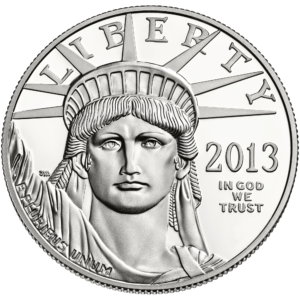Why Invest in Silver?

Silver, like all precious metals is also used as an investment. For thousands of years, silver has been regarded as a form of money and a store of value. However, since the end of the silver standard, silver has lost its role as legal tender in many developed countries such as the U.S. In 2009, the main demand for silver was for industrial applications (40%), jewellery and bullion coins.
Hedge against financial stress.
Silver, like all precious metals, may be used as a hedge against inflation, defaltion or currency devaluations.
The currencies of all the major countries, including ours, are under severe pressure because of massive government deficits. The more money that is pumped into these economies – the printing of money basically – then the less valuable the currencies become
Like most commodities, the price of silver is driven by supply and demand. However, when compared to gold, the silver price is notoriously volatile. Demand fluctuations between industrial and store of value uses. At times this can cause wide ranging valuations in the market, creating volatility.
Silver often tracks the gold price due to the store of value demands, although the ratio between gold and silver can vary greatly. The gold/silver ratio is often analyzed by traders, investors and buyers. In Roman times, the ratio was set at one to 12 or 12.5 ounces of silver to 1 ounce of gold. In 1792, the gold/silver ratio was fixed by law in the U.S. at 1:15, which meant that one troy ounce of gold would buy 15 troy ounces of silver; a ratio of 1:15.5 was enacted in France in 1803. The average gold/silver ratio during the 20th century, however, was 1:47. The lower the ratio/number, the more expensive silver is compared to gold. Conversely the higher the ratio/number, the cheaper silver is compared to gold.
More Questions?
Call (877) 703-2193. We will answer any questions you may have.
